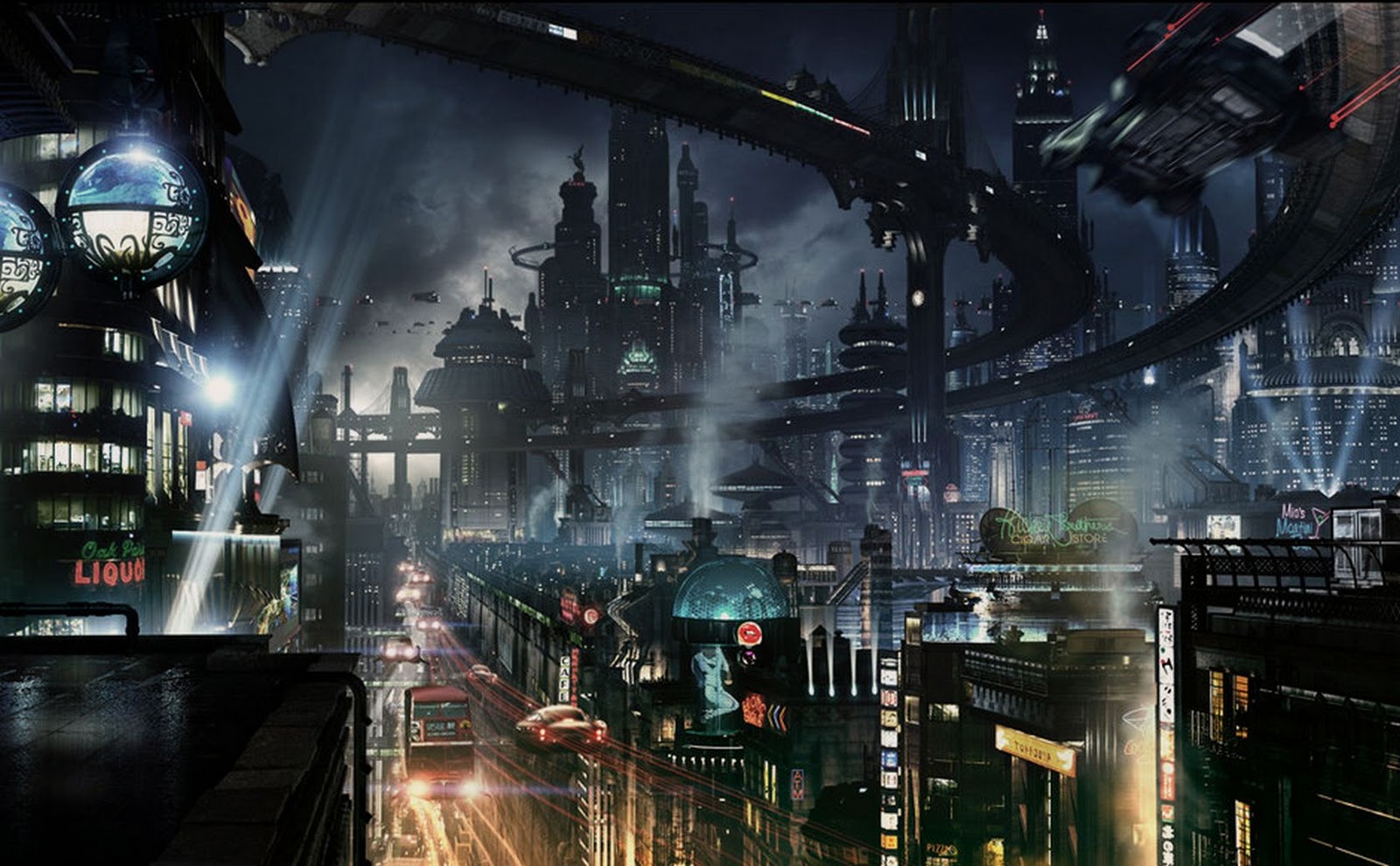What is cyberpunk Part 1

It amuses me how now, twenty years after the natural death of cyberpunk as a literary movement, are all companies that are trying to galvanize a corpse. Well, that is, the same Deus Ex in 2000 was appropriate. But in 2015? In the era of iPhones and seals in Instagram? To better understand what cyberpunk really is and why the “Maze of reflections” or “the Matrix” it’s not him, I spread my old great article on this topic. We need cyberpunk, and cyber lot. Technology too, and any fool can run your startup about Boobs.
Like many phenomena, cyberpunk has come to our country too late, having time to flourish in the homeland (which is for USA) lush color, to create a new subculture and gradually fades away, before leaving, slamming the door in her parting article Sterling’s “cyberpunk in the 90s”.
All we had to deal in recent years, attempts to revitalize the corpse for various purposes. Some corny want to earn money in a beautiful setting, others are honestly trying to continue the work of the founding fathers and to update the canonical model of society and other fundamental elements of the genre (all of them are a product of the 80’s, when nobody could imagine where they will lead us to the information revolution), in accordance with modern realities.
Cyberpunk is dead, and preserved only in the form of “elements” in the mainstream (that is, in “normal” literature, for which reason the language has no appropriate term), science fiction and fantasy, gaming novels (and “virtual reality” in so called literature “about computers” non-cyberpunk), political militants, treated literary collections of humorous anecdotes almost all that deserves the name of “modern literature”. Project it on movie, anime and games, add numerous reprints of the works of the founding fathers get a full picture of what now constitutes cyberpunk.
Strictly speaking, to call cyberpunk one of the areas of science fiction is incorrect. His goal is not to popularize scientific ideas, description of a bright future as it was seen during the STC. Its roots must be sought rather in the crisis of the traditional, “hard” SF, when the days of Heinlein, Asimov and Bradbury are gone and before fiction began to loom the specter of self-copying a lack of new ideas and easily works fighters of the night with a formulaic plot and another “world of tomorrow” was discarded and so not too dear genre on the bottom of reader interests intellectual.
Descriptions of hyperspace engines and blasters, suspiciously monotonous, bored regardless of the realism of their technical base. Appeared in the society of the doubts about what scientific progress really is a panacea, which would solve all the problems of humanity, and the permanent expectation of nuclear war served as a perfect backdrop to the displacement of interest from the technical entertainment industry (“how the man of the future will travel in space”, “what weapon a marine can shoot the monsters”) in the area affecting the person’s inner world. Readers and authors are still interested in the behavior of an ordinary person in unusual circumstances (post-apocalyptic world, a parallel dimension, aliens…), but the focus was already “the man”, and not on circumstances. Fiction dared to play on the field of traditional literature.
One of the first authors, who broke with the templates, became well known and got Alfred Bester. Abandoning the simple and correct language in favor of a monstrous mixture of jargon and invented words “the future” (up to use features of layout of text as a stylistic device), not making allowances for not too high intellectual level “of the average fan fiction”, not paying particular attention to technical details with the exception of direct relevance to the story, he was able vivid strokes to depict the world of the future, desperately similar to that presented in “Necromancer” or, say, “Schismatic”.